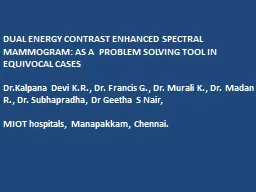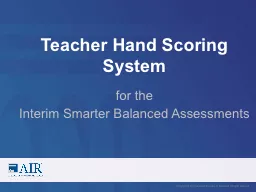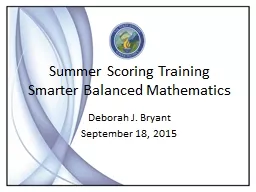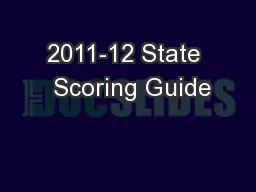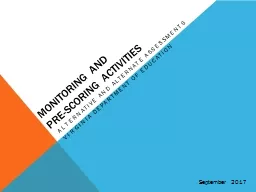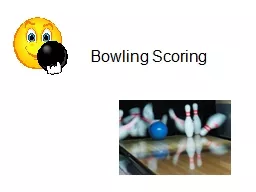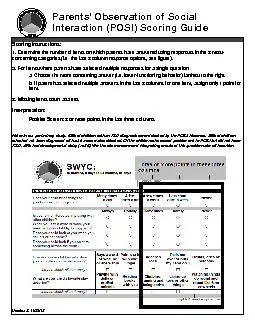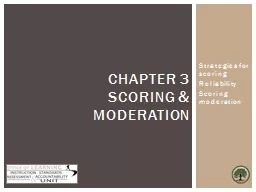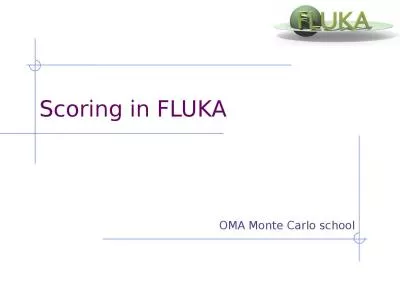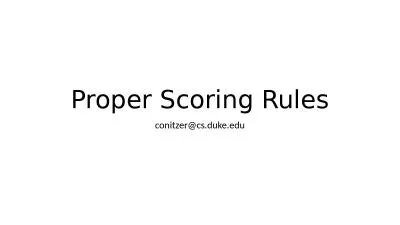PPT-Partial Credit Scoring for Technology Enhanced Items
Author : danika-pritchard | Published Date : 2019-11-08
Partial Credit Scoring for Technology Enhanced Items CCSSO National Conference on Student Assessment 22 June 2016 1 Overview Possible scoring rules for technology
Presentation Embed Code
Download Presentation
Download Presentation The PPT/PDF document "Partial Credit Scoring for Technology En..." is the property of its rightful owner. Permission is granted to download and print the materials on this website for personal, non-commercial use only, and to display it on your personal computer provided you do not modify the materials and that you retain all copyright notices contained in the materials. By downloading content from our website, you accept the terms of this agreement.
Partial Credit Scoring for Technology Enhanced Items: Transcript
Download Rules Of Document
"Partial Credit Scoring for Technology Enhanced Items"The content belongs to its owner. You may download and print it for personal use, without modification, and keep all copyright notices. By downloading, you agree to these terms.
Related Documents


